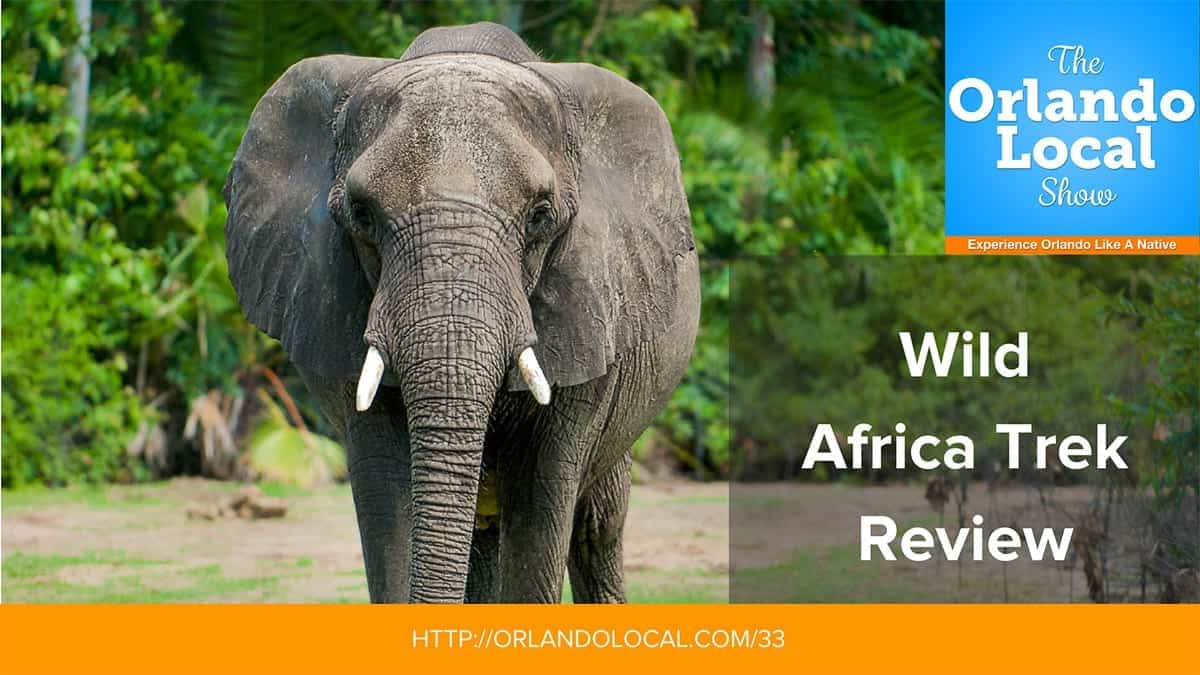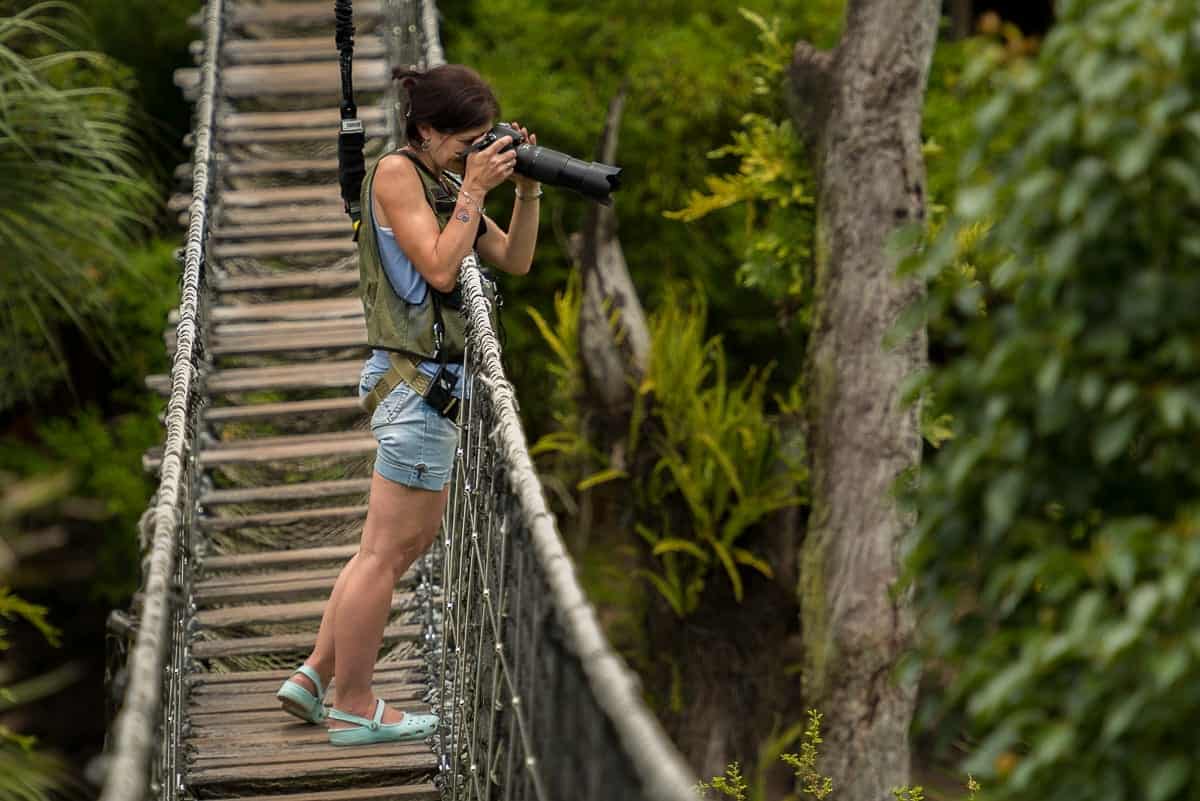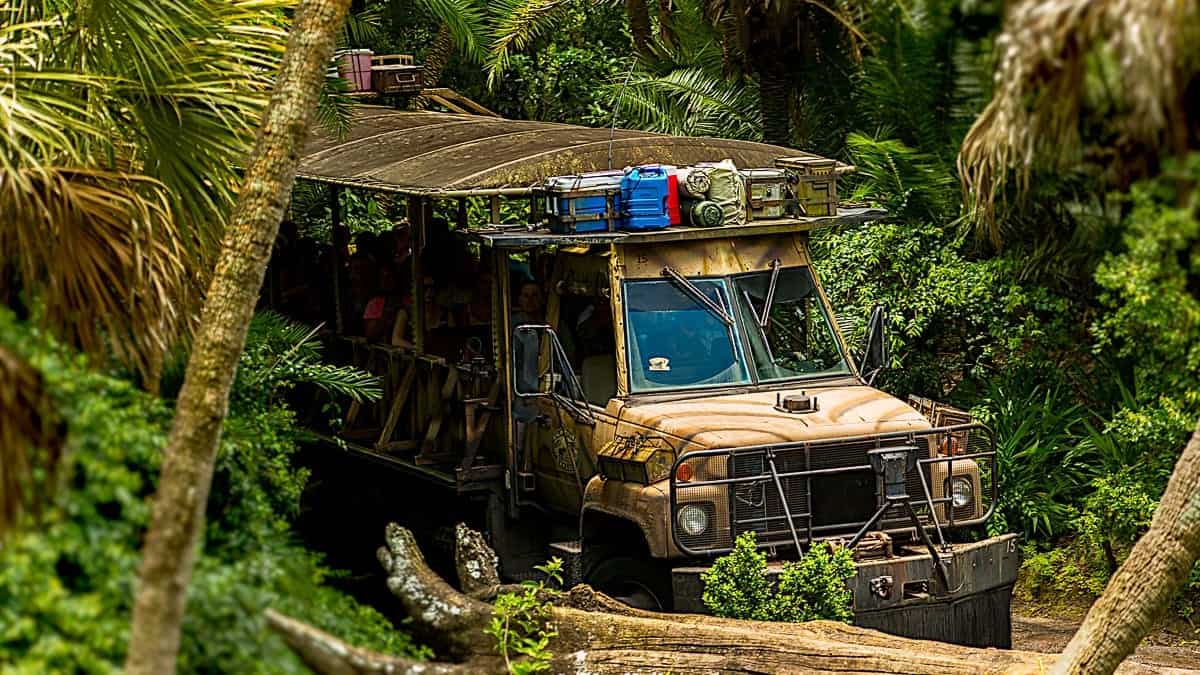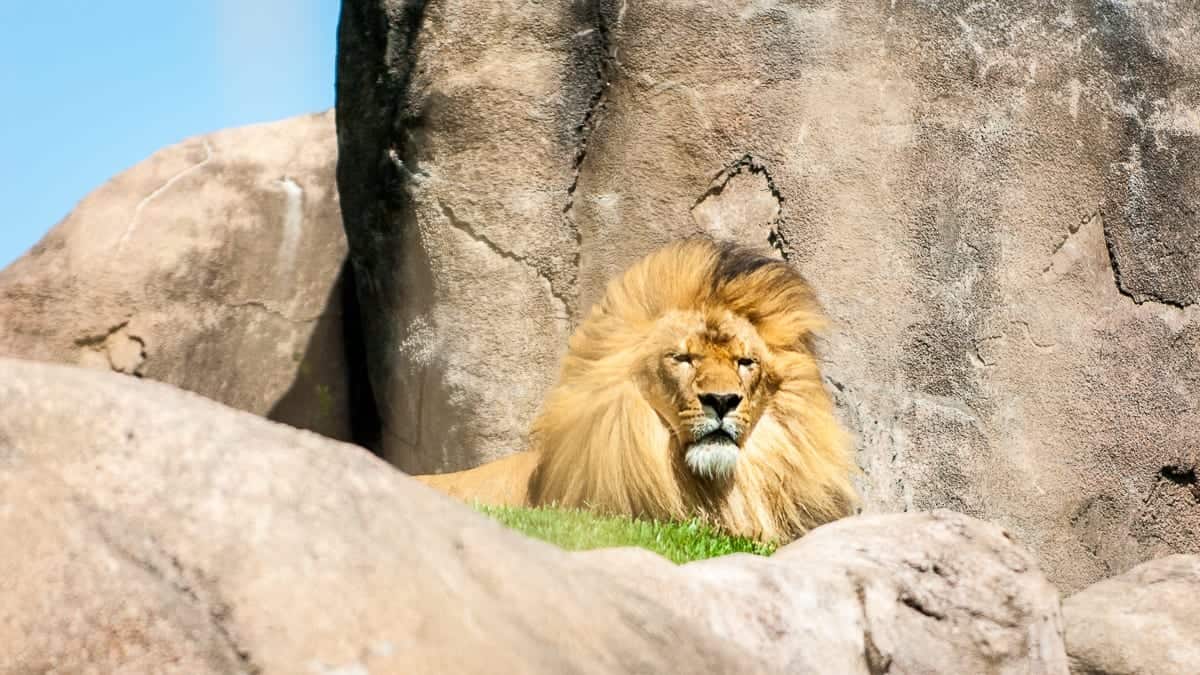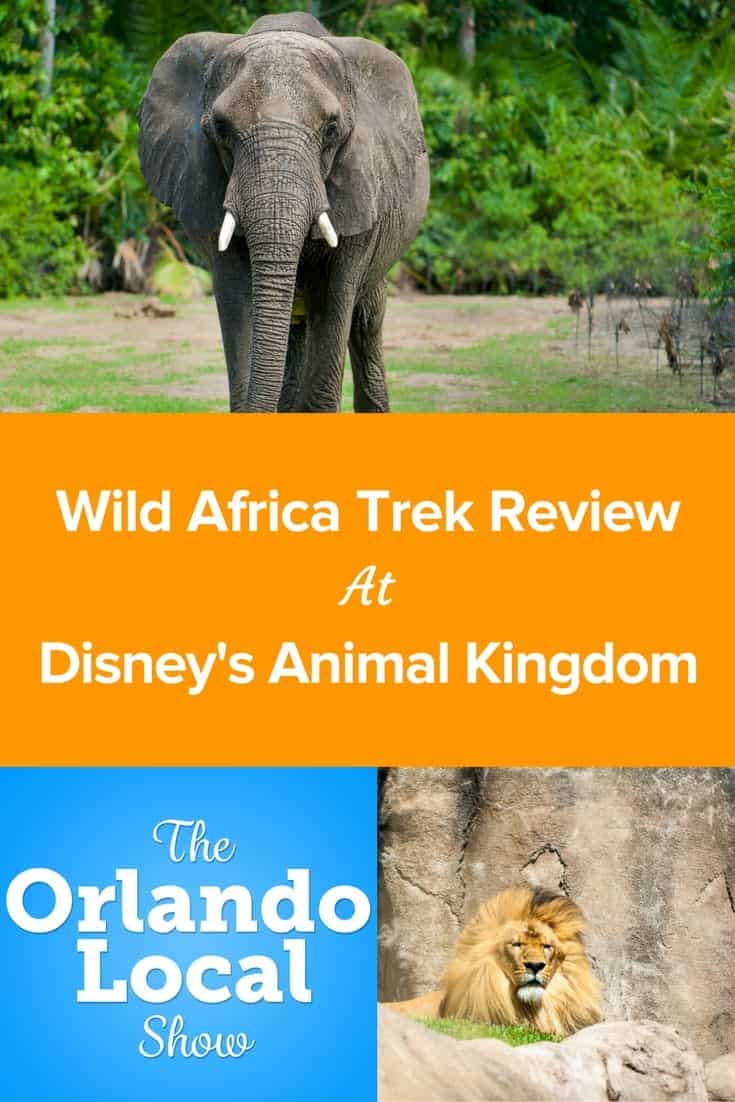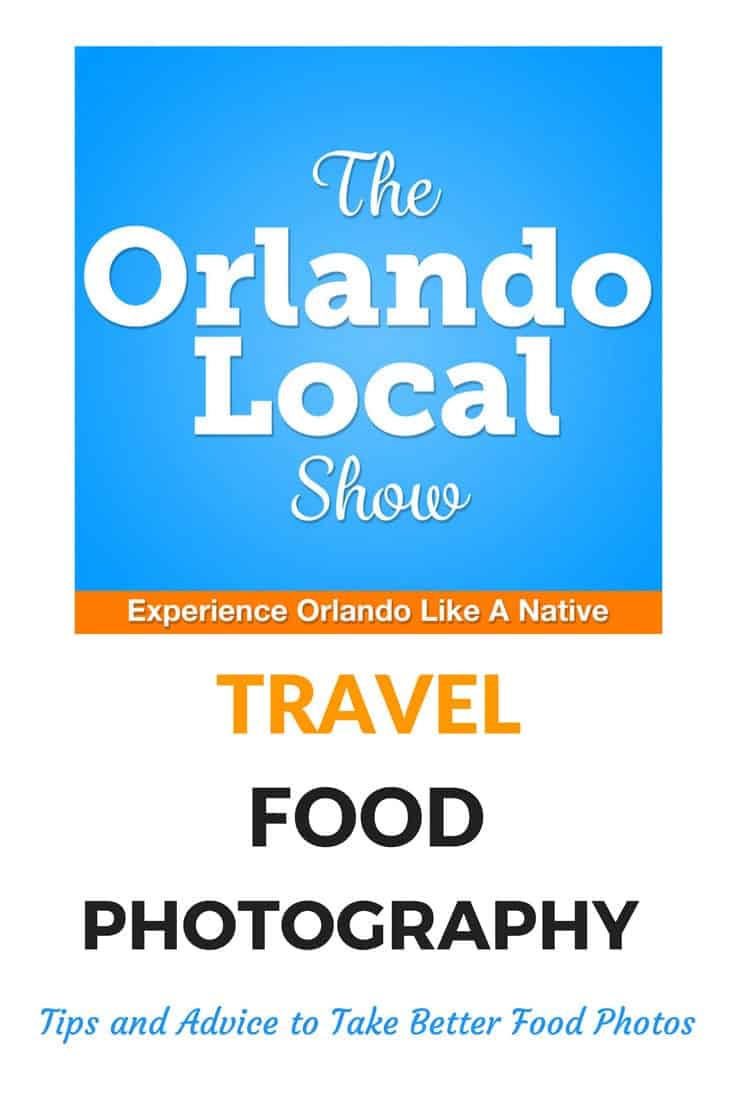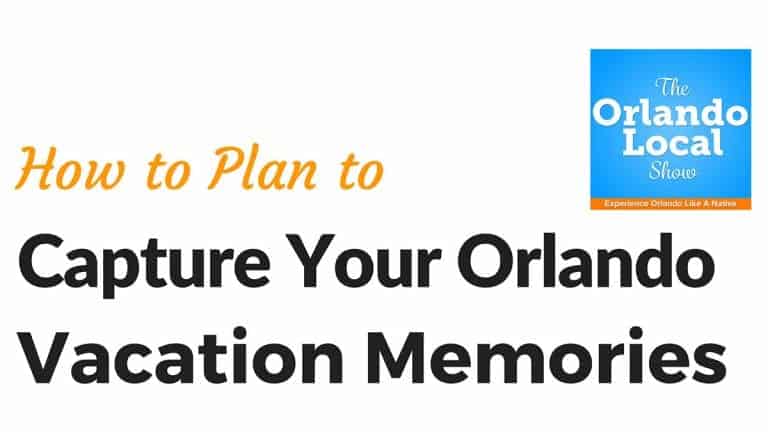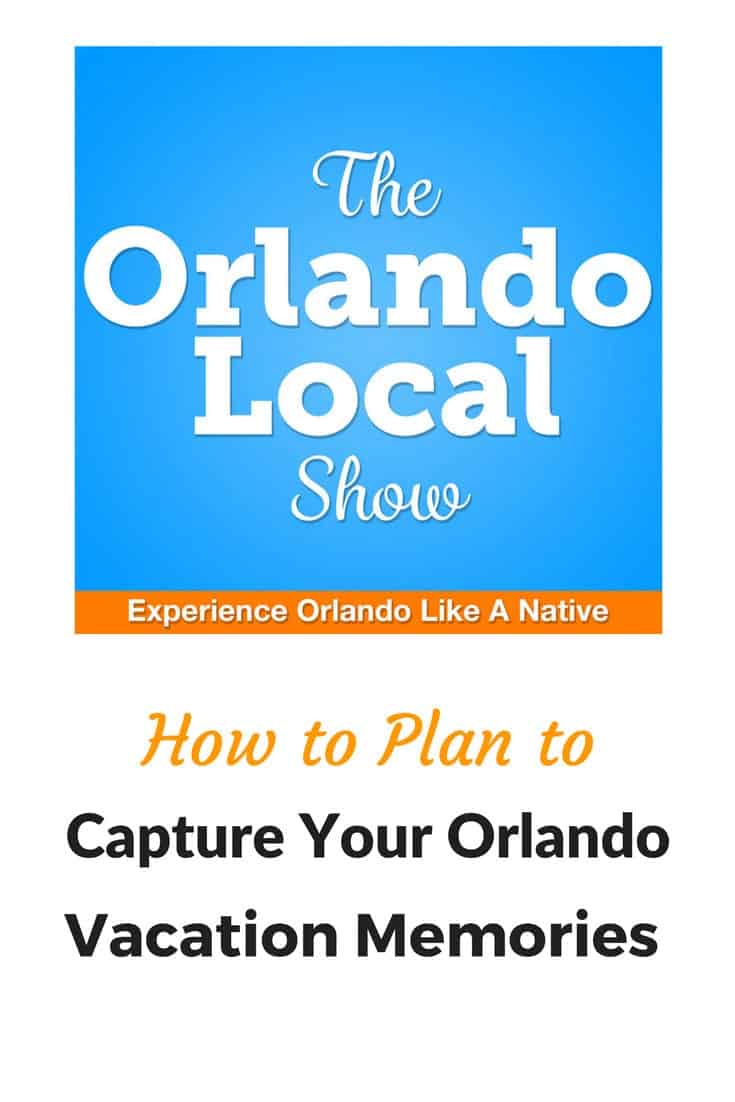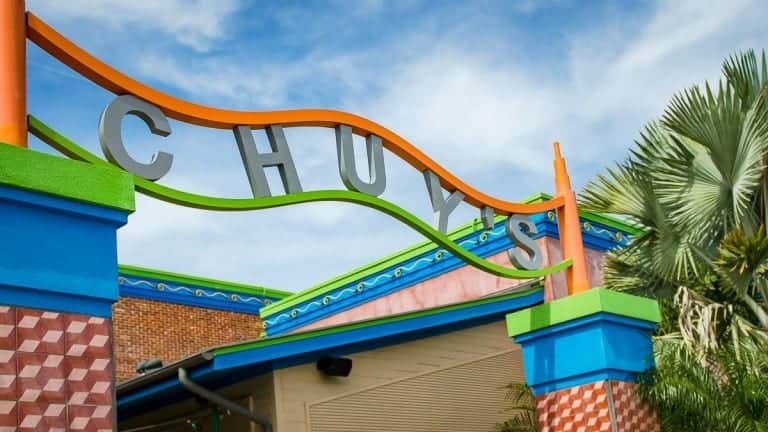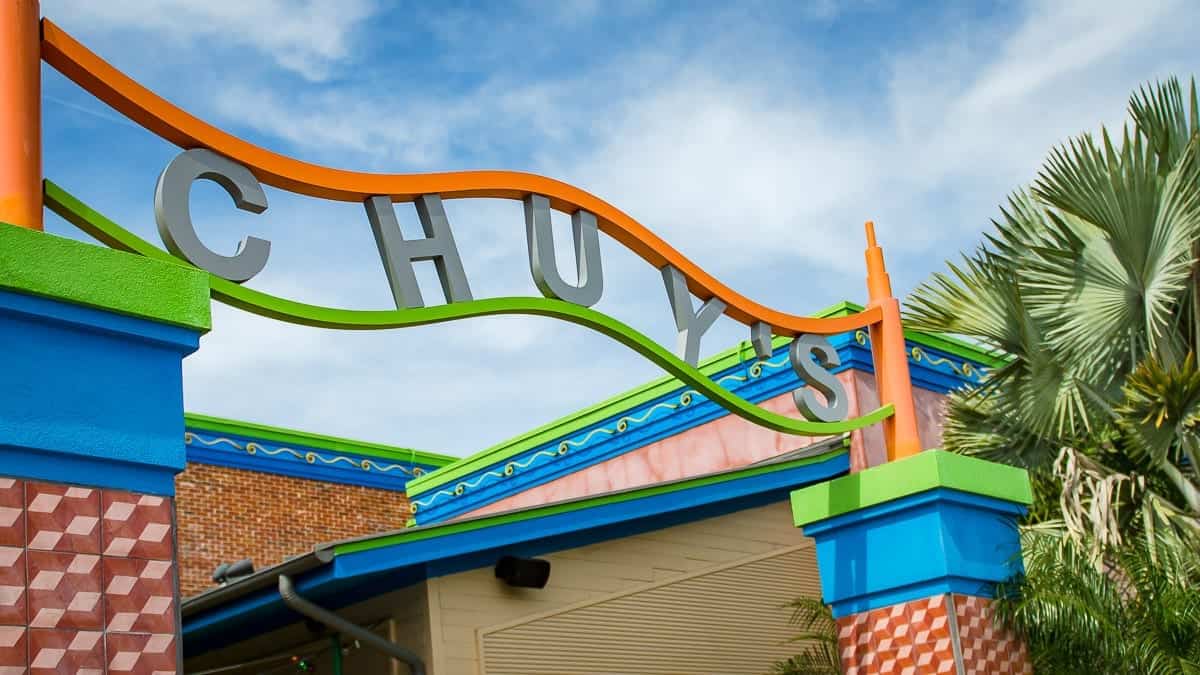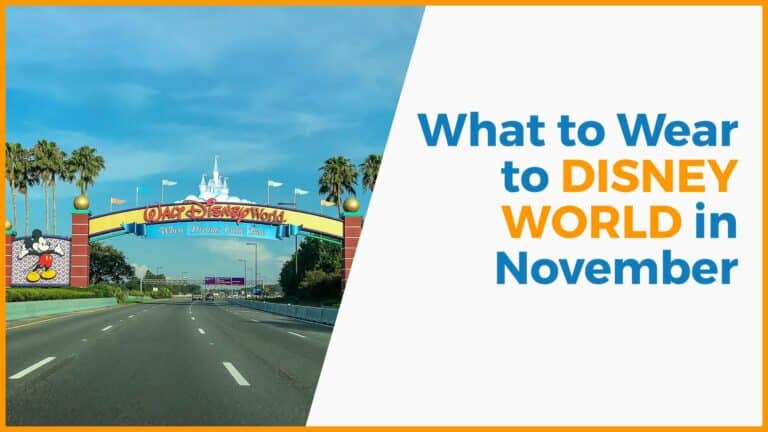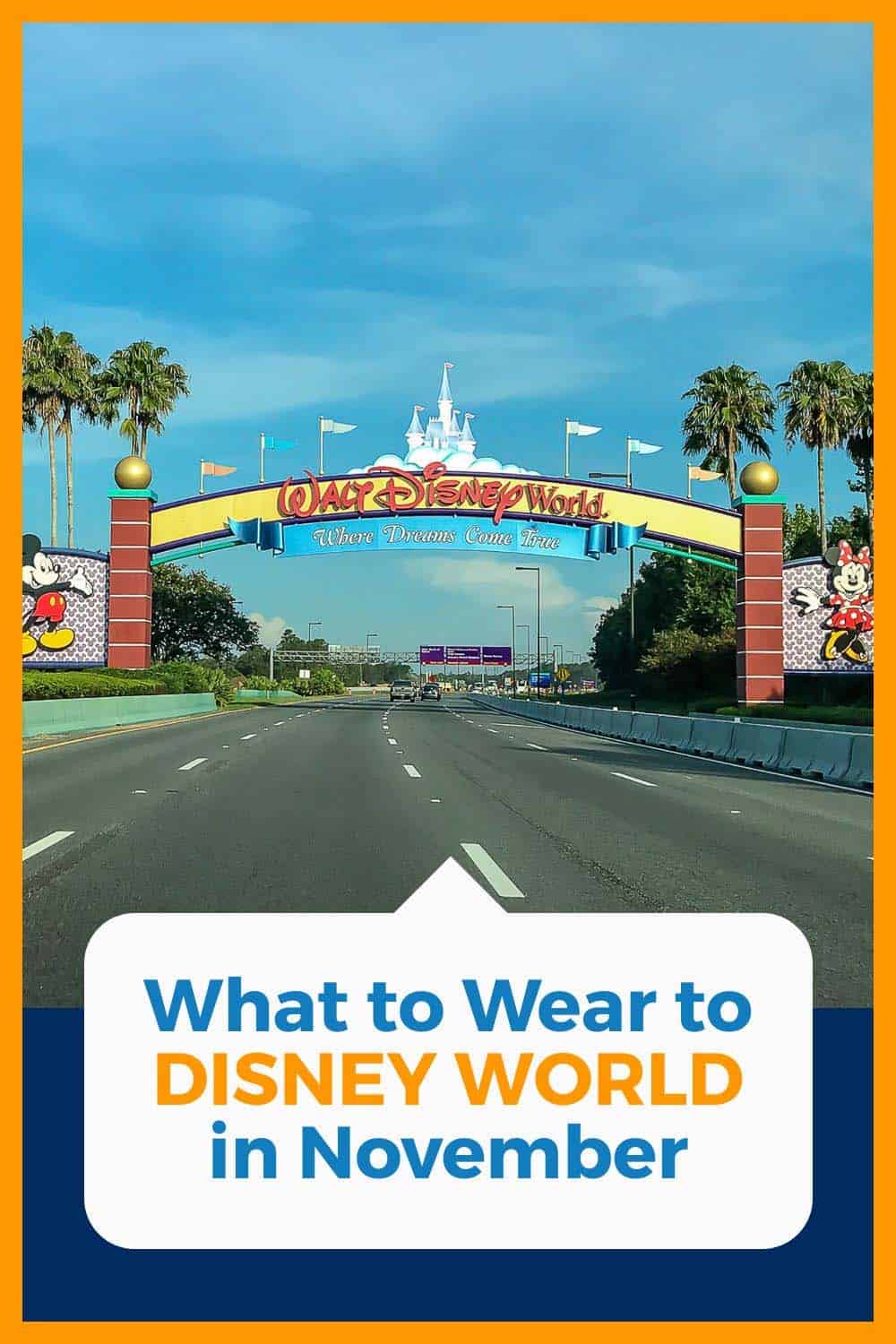Wild Africa Trek at Disney’s Animal Kingdom
The Wild Africa Trek Takes You Behind the Scenes at Disney’s Animal Kingdom
If you enjoy the Kilimanjaro Safaris and want a more in-depth experience and a chance to see behind the scenes, the Wild Africa Trek at Disney’s Animal Kingdom may be for you.
The Wild Africa Trek is a Behind the Scenes tour of Animal Kingdom’s wildlife that you see on the Kilimanjaro Safaris
It involves some hiking, some transportation, discussion with the animal caretakers, a bit of education, and a light meal at the end of the tour. You also have to cross a couple of rope bridges. Don’t worry. You’re very well secured with a harness.
Getting Started with the Wild Africa Trek
The Wild Africa Trek is an extra-cost, above your ticket price for entry to Animal Kingdom. The prices range from $189 to $249 per person, plus tax.
Once you reserve your time, you’ll be measured and weighed to make sure you’re within the guidelines for height and weight. Children must be at least 8 years old and at least 48″ tall. Guests must be between 45 – 300 pounds (though I have to admit their scale is very forgiving for large folks).
Your hands must be free. If you bring a camera, it must be on a neck strap. There are lockers to store valuables that you can’t take on the trek. Also, you need to be able to do some mild hiking. As you can see from the rope bridge above, you have to be able to cross under your own leg power.
After that, you get fitted with your vest and harness. Any time you get to a position with some height or potential to slip, you will have your harness attached to a safety line. It’s not just for the rope bridge. We also had our harness attached while overlooking the hippos.
As you can see in the photo, the harness goes between your legs for support. Best not to wear a dress, skirt or kilt on this trek. You also need closed-toe shoes.
Photographing the Wild Africa Trek
If you want to bring your DSLR on the Wild Africa Trek, that’s fine. However, you don’t get to bring a bag full of lenses. Pick one lens and that’s what you use for the entire trek.
If photography isn’t your thing, don’t worry. This trek comes with Photopass photos. Disney will make sure you have photos of you and your group, as well as the animals and other encounters.
Lee and I went out to photograph the animals, but I would do it differently in hindsight. It would have been more meaningful for our family memories if we had taken more photos of each other while going through this little adventure.
We’re probably going to do it again, so we’ll have a chance to fix our mistakes.
One of the male hippos prepares for a dental exam. Either that, or he’s just really into his food!
You get to see the folks on the Kilimanjaro Safari trucks several times during the Wild Africa Trek. They get a few minutes, but you get three hours to explore the savannah.
This lion is no fool. He’s cooling off on top of an air conditioning vent. Disney employs a lot of enticements to get the animals to appear in just the right places.
Related Links
Wild Africa Trek at Disney’s Animal Kingdom
Transcript
THE ORLANDO LOCAL SHOW
Episode 33
William: Welcome to the Orlando Local Show, episode thirty-three.
Hello and welcome! We’re glad you’re here. Today on episode thirty-three we are going to talk about one of our experiences out at Walt Disney World’s Animal Kingdom: The Wild Africa Trek.
If you don’t know what the Wild Africa Trek is, stick around. We’ll tell you about it. It’s actually one of the – what do you call it – extra cost experiences? I’m sure they’ve got a name for it.
Lee: Yeah, they probably do.
William: I don’t know what it is. All I know is it’s going to cost you more money to go on it. But we went on it and we had a really good time.
Lee: We did.
William: This is a three hour tour behind the scenes. So before I get into all that stuff, let me do my usual kind of roll. And that would be to tell you that show notes are going to be available at orlandolocal.com/33 along with links to the things that we’re talking about. And of course you can find a transcript of the show there for free.
We would really appreciate it if you would subscribe to orlandolocal.com. Once again, there are going to be links on the page at orlandolocal.com/33
Man I could just say the web name a lot of times in that, don’t I?
Alright, so here’s the question. Why do you want to go on something that you’ve got to pay for your park ticket and then pay extra per person to go on an experience like this? Really what it is, is if you really enjoy the Kilimanjaro Safari and you want a bit more of an in-depth experience, this is your chance to see behind the scenes and maybe get closer to some of the animals. Not so close that they eat you, but this is where you get to do a bit more. It’s a three hour tour, kind of like Gilligan’s Island tour so you don’t get lost back there.
But you get more of an in-depth understanding of what it takes to run the show behind the scenes, see the animals from a different perspective and if you’ve ever wanted to take a picture of a Kilimanjaro Safari tour bus filled with tourists, this is probably the only way to do it.
Lee: Yes!
William: Other than at the dock where they kind of load you onto the thing. So let’s talk about what you really get.
As I said, it’s a behind the scenes tour. There is a little bit of hiking. You’ve got a different truck. There’s transportation in there. You get some discussion with the animal caretakers. You get a bit of education and then there is a light meal at the end. Is that kind of the basics of it?
Lee: Pretty much, yes.
William: What was the draw? This was something that before we were married, you came to town with Tové and this was something that you wanted to do and you invited me to come along with you.
Lee: It was really on my bucket list. I enjoy my photography and I really find that the Kilimanjaro Safari, for taking photos, is a very frustrating experience.
The roads are bumpy be design to allow you to immerse yourself into the experience. I think Disney generally doesn’t keep photographers in mind. They keep their PhotoPass photographers in mind for photo opportunities. So when they design these attractions they are not wondering what guests want to take photos; because not everybody is into photography.
William: No, most of the guests probably aren’t. In Animal Kingdom – this is one of the biggest and probably one of the most expensive parks that they created – and the idea was that at the beginning, they had this phrase “It’s not a zoo.”
Lee: That’s right. The trouble is that these trucks, aside from being really bumpy, they do not stop. They are trying to keep to a schedule to keep the lines moving because this is one of the high end, popular attractions. So the lines grow. It’s one that’s worthy of a FastPass if you’re wanting to experience it.
The layout of the trucks that take you on your safari tour for the Kilimanjaro Safaris, have you sitting on bench seats in a row. So only one person on each side of the truck per row is going to be on the edge where they are not having to lean in front of people.
And if you’re like me and you have a camera with a big zoom lens on it, it was always in my conscious mind that I don’t want to obscure somebody else’s view. So if I wasn’t sitting by the edge, it was just that this is not going to be a photo opportunity. I don’t want to stick my lens in front of somebody and then their kids can’t see!
So it’s actually a little bit tricky. You can ask to be seated on the edge and you might have to wait a few. It’s like asking for a front seat. And they are very accommodating with that, but it still only goes a very small way to solve your problems because you can do so much taking a photo when you’re moving on a bumpy road!
William: One of the other things is that you can ask for a seat on the edge, but you’re going to be on one side or the other. And the animals are going to be some on the left and some are going to be on the right. And you don’t know where your best shot is going to be.
I usually chose to go on the left side when I was by myself.
Lee: So did I!
William: I felt like I got more on the left side than I did on the right. There were occasions when that wasn’t true, but also if you do ask and you’re kind of traveling by yourself, the very front seat is like a half bench. So you can kind of sit up there by yourself and probably get a chance to go in both directions. But mostly it’s going to be on the left side, I think, where most of the animal shots were going to be.
Lee: It is and this is one of the attractions – I mean it was by no means the only thing or the most pulling thing – but from the perspective of taking photos and having a different experience, the layout of the trucks for the Wild Africa Trek are different because you actually sit around the perimeter; which means everybody is sitting at a window space.
So that goes some way to help. Also, being a smaller group and from doing research and watching videos I understood that the walking portions help you a lot in giving you time where you are not actually victim to the bumps of the bumpy road. You have a certain element of control over being able to stop and stabilize yourself to take a photo or just to admire the view.
It kind of slows things down.
William: It really does and I had plenty of time to shoot photos and when we were over the hippos, when we were over at the crocodiles, or even the elephants, we had plenty of time to get some shots.
We weren’t always as close as I would have liked, or had the angle of view that I would have liked for a photo, but for an experience, I thought it was really good. You’re not just standing there and saying, OK there are some animals; in case you’re not interested in photography.
There are caretakers around, plus your guides, that can tell you more about what’s going on with the animals, how they take care of them and things that we didn’t know. We’ll get into a little bit of that, but before we do that, let’s go ahead and start at the beginning.
This is, I said, an extra cost over and above your ticket. So you’ve got to have your paid admission into Animal Kingdom to start. On top of that, the prices are going to vary from $189 - $249. I think that is dependent upon the season or how busy they are.
Lee: It was the season. We went in peak season so it was a little bit more expensive, but what I will say is I would still like to do that again. And I came back saying I would do it again without the camera. So that is kind of testament to the fact that you don’t have to be a photographer to justify spending that.
I actually would like to go in for the experience without worrying about taking photos.
William: I think that was probably one of the mistakes that we made. We went into it as photographers, but honestly, the experience itself turned out to be really wonderful and I think, had we not been as intent on taking photos of the animals like wildlife photography – because we don’t really get a chance to do that much for ourselves – I think we missed out probably on some of the experiences. And that was going to be one of the recommendations I’d make.
If you’re going to go over there with your camera and take photos, take photos of your family and friends enjoying the experience.
Lee: Yes.
William: I did take a couple of shots like that, but I kind of wish I’d taken more.
Lee: So do I!
William: Also, keep in mind, there are PhotoPass Photographers out there. They will take photos of you and they will also have photos of the animals. So you’ll get nice quality shots.
Lee: This is part of the package, by the way. You actually get a specific download link and a code for your specific tour and you get to download and keep the photos. This is included in the package and there are animal shots as well. So there is no pressure for you to take your own photos, other than as William says, take pictures of your family. Take something that you’re not going to get on the disk [download].
William: Yeah. Alright so if you’re going to get started with this, there are a couple of restrictions. And they are not too terribly bad. You have got to be at least eight years old. So if you have younger children they are not going to go. You need to be in reasonable condition that you can walk along the trails. There are going to be some roots sticking up on the ground. It is not a difficult trail at all.
Don’t worry like you’re going to be hiking up mountains. It’s Florida, after all.
Lee: It was very easy. I would say hiking is probably an overstatement. But you need to be able to lift one foot in front of the other and while that sounds silly, there are .... Some people have issues where it is difficult to actually lift a foot properly off the ground.
William: Well that’s true. Because if you’ve been in the parks you know there is a number of people that may require some assistance or they may require an electric cart or something like that to get around. That is simply not going to work on this. You are going to be walking through a small dirt trail and there are also three different rope bridges that you have to be able to cross.
Lee: Yes.
William: And you are tethered in, but obviously you need to be able to move under your own power.
Lee: You do. They’ve also got missing boards in the bridge and there is netting underneath, which is really strong. It’s just to enhance the experience and the feel of it. I just want to let you know, because I’m a dare-devil. I was harnessed in. I actually stepped between the boards on some of those, just to test if they were going to hold me. They are super strong.
William: They are. And I’ll put some photos on the show notes, because I remember taking photos of you and Tové as you were crossing.
Lee: Yes.
William: We’ll put some photos up there so you can see what the rope bridge looks like. It’s not dangerous. And even if you have a tendency for vertigo, of just a little fear of heights, keep in mind what Lee said. You are tethered in.
When you start off the safari, they do two things. One is they weigh you. Because they have a limit of 300 pounds. I can tell you that that scale is in your favor. I’m a big boy! I was worried about whether I would be able to go through or not and they said, OK you’re good. And I thought, Oh God, that scale lies in my favor.
Lee: They’ve probably got a little bit of leeway on either side, but I think they are trying to use it as a guide.
William: Yeah, so 300 pounds, if you’re maybe ten pounds over or something like that ... and that is with all the gear on. They are going to weigh you with the vest and your clothes and everything. It’s not like you get to cheat and take everything off. You’ve got to be a certain weight and that’s just a safety issue, simply because you are going to be harnessed in when you cross that rope bridge. The vest that you put on goes not just a vest around your waist. I mean, it goes between your legs and so if something like the worst happened and you were to fall, you’ve got support from your legs and around your body on that tethered cable. So you are not going to fall.
Lee: Yes, I felt very safe on there.
William: But, like I said, if you are on the upper end above 300 pounds, you may want to see how you do. I was certainly at that point and they let me right through. So it’s just kind of, don’t have that last ice cream bar before you go on. But otherwise, I think you’ll be fine.
Lee: Yeah.
William: And of course there was a height restriction. I think it was like 48 inches or something like that. We’ll put a link to the ...
Lee: There was a minimum.
William: Yeah. Minimum must be at least this tall kind of thing; like they do for rides. We will put a link on the show notes for the Wild Africa Trek at Disney so you’ll be able to see all the requirements there.
But pretty much, we had no issues. We went through, got the gear on. They made sure we were available. They gave us little water bottles and a cool towel.
Lee: That was really nice! The Frosty towel.
William: Because we went in ... what was it? July, I think?
Lee: July.
William: And it was just miserable hot.
Lee: We also booked last minute so we got a noon time peak of the heat day.
William: Yeah, everybody recommends that you go like first thing in the morning or later in the evening.
First thing in the morning is because it’s cooler and the animals are waking up and maybe they are doing something and during the heat of the day they say that the animals really aren’t moving around that much.
We didn’t really have a problem with that.
Lee: We didn’t. No.
William: We saw plenty of animals and they were moving around and doing things. And we’ll get into one of those stories a little bit later too.
We went noon and we still had a good time. We still had nice photos coming out of it.
Lee: We did. I thoroughly enjoyed it. I wouldn’t hesitate to do it again or to recommend it. And this is something we paid for ourselves. We are not getting paid to review it. We didn’t get any complimentary discounts or anything, so this is just a genuine “We loved it and we’d happily pay the money to do it again.”
William: And Lee paid for all of this, even for me, so I was really happy.
Lee: It was the first date I paid for. Were you impressed?
William: Oh, I felt bad. I thought I needed to give you some money for my place, but you wouldn’t take it.
Lee: No!
William: Alright, so when you start off you get geared up. You’re weighed and they kind of take you through – I guess, I’m going to call it the boring part – first. They give you a little bit of a discussion, you go see the birds in that big netting thing and you walk around and see some of the things that really are on the same path that anybody else in the park is going to see. But then they take you off the beaten path and you start walking around and getting to things. I think one of the first stops we saw were the hippos.
Lee: Yes, I think that was the first notable stop.
William: And I thought that was really cool, because you’re kind of – I hate to call it a cliff – but you’re certainly standing up much higher than where the hippos are down in the water looking in to them. And there were two males there. Hans and Henry.
I’ve got photos of Hans and Henry. I might have to put something out there.
Lee: I also took photos of them, yes.
William: And you learn a few things. Like, for example, I’ve always known or heard that hippos were the deadliest creatures in the wild. You could be on the river and you go into hippo territory and they are going to come right at you.
Apparently it’s just the male hippos that get really angry with interlopers.
They are protecting their women.
Lee: Yes.
William: I don’t know if it’s necessarily a noble protection, but just the same, it’s like you are in the hippo’s back yard.
Lee: Hey, if you’re a girl, who cares?
William: So apparently the female hippos aren’t necessarily as violent as the males could be. But these two males were not violent at all. They were just in the water and people – I guess the caretakers – were throwing lettuce and things down there for them to eat.
The only violent thing that we saw with the hippos was when one of them got out of the water. I don’t remember which one. And it had to poop.
Lee: Oh. Yeah! Are you really going to go through this?
William: I can’t not go through it. I’m going to tell you I’ve never seen or heard a hippo fart before. I thought an airplane was taking off. I mean the sound was like if you have ever been around an RC engine airplane. The kind of things that are radio controlled and they hit that high pitched whining noise. I thought, what was that?
And the caretaker said, “Oh that’s him!” Next thing you know that tail is flipping back and forth like a propeller and it’s kind of going all over the place. I’m sorry if you’re delicate.
Lee: Delicate people don’t do these treks.
William: That was part of my experience and I thought you need to be prepared in case you go out there. Because animals do poop in the woods.
Lee: Yes.
William: Or in this case, on the beach.
Lee: They weren’t the only ones.
William: They weren’t the only ones. The elephant ... well we won’t even get into the elephant.
Lee: No, let’s not get into the elephant.
William: Let’s just say that we really did experience Wild Africa Trek!
Alright, so the rope bridges. There were three of them that we had to cross.
Lee: Were there three or two?
William: I was looking back at my photos. There were three of them.
Lee: OK.
William: You know, unless I took them in the wrong order, but alright there are going to be two or three. In case my memory is failing me.
Lee: I don’t remember. I wasn’t correcting you. I just don’t remember.
William: I’m pretty sure there were three. And the first time you’re doing it there is a little trepidation because you see this rope bridge and it does kind of sway a little bit. So when you’re walking on it, it’s wobbly. But like I said, you are strapped in by your legs in the vest and they make sure that hook with the tether – and it’s a good thick, solid line going from your vest up to the tether – is in place. And then they send you out over it. And you can stop along the way and take some photos. I think we were looking at crocodiles and other things down there when we were taking photos.
Lee: Like me.
William: Yeah, so that’s why I was the last one to go. I made sure Tové was in between us so that way, if you were going to do it, you would scare her instead of me.
Lee: You knew I was going to do it.
William: I knew you were going to do it. Because every time we go to Tom Sawyer Island and you go on the barrel bridge you make sure that you rock it.
Do you remember what point we got on the truck?
Lee: Do you know, I don’t recall. I thought it was after the rope bridges.
William: I think so too. I think there was a bit of walking first. And when I say walking, we were talking about hiking. It’s not a long distance. I mean everything is pretty close together.
But then we got on the truck and we were going around and the nice part is, the truck would stop. And you had chances to take photos. You had chances to see what was going on and again, you could hear from your guides and learn things about the animals there. But also, how they keep them where they want them to be.
So some places they put their food up behind a fake log or something so they will be up there eating. For the lions, they’ve got an air conditioner vent up there so that way even on the hot days, the lion will want to be in prime view on the rocks for the people coming by on the Kilimanjaro Safari, because that’s where the cool spot is.
Lee: Yeah, you get a lot closer to the animals with this. You have better vantage points if you want to see them than what you do with the general Kilimanjaro Safaris. I felt like accessibility was an added plus.
William: We got really close and some of them were walking just right next to us. There was a rhino. I tell you one thing, when you go on Kilimanjaro Safari what you see mostly are animal butts.
Lee: Yes.
William: And this one I actually got to see some faces.
Lee: I know. What a change!
William: It was a change. But I mean we were driving right next to a rhino walking down the road and this was my favorite part. It was towards the end of our experience but there was an ostrich there who was on the road and for whatever reason, the rhino didn’t like it. And man! Rhinos are fast when they want to move!
Lee: Oh, wow.
William: This rhino started chasing after the ostrich. I just remember the ostrich’s was running really fast and his eyes were bugging out like a cartoon. And it was like he was running for his life.
Lee: Like oh no! Here he comes!
William: It was hilarious to me. I didn’t get a photo of it. I got a couple of photos of the ostrich, but I didn’t get the rhino in there because I just had the long lens on.
Lee: It just happened so quickly
William: They were so close to us so they were right next to our truck when that was happening. I never felt that we were in danger from the rhino charging the ostrich, because he wasn’t worried about us. And he did not like that ostrich.
Lee: No. And the ostrich knew it.
William: Yeah, and I learned rhinos – not only can they go very fast, but I guess with all that weight and inertia it takes them a few steps to slow down. They do not stop on a dime.
Lee: They do not.
William: I guess maybe you had to be there, but it was hilarious.
Lee: It was funny.
William: Once we got through, we had gone through and this is a couple of hours that we did, the last 45 minutes maybe they have, for lack of a better word, a little perch out there. It’s a building and it’s up on a deck where we could see the elephants off in the distance and they had a nice little picnic lunch for us. It was in kind of a tin which we opened up and it was a light meal. It’s not something that is going to stick with you all day long unless you just really are good with a light meal. I thought it was delicious thought.
Lee: It was lovely.
William: And it was stuff that I don’t normally see or eat. But I enjoyed it.
Lee: It was great. If you want something different. It adds to the experience. Also if you have dietary restrictions, let them know when you book because they will accommodate you. There is also an alternative for kids, because this is maybe a little bit more elaborate than what would suit a young child’s palate. So just let them know in advance because they will actually take that into consideration and cater for your needs.
William: And by all means, go to our show notes and the link that I have there for the Wild Africa Trek. Because there are photos of the little tin and the food inside. So that way you can take a look. But things like, not so much deli meat, but little board which I think had hummus in there and a few pieces of bread or crackers. And flowers.
Lee: Yes, there was salmon, there was an edible flower. They had little mini flatbreads as well, which were pretty good. There was a sweet curried, very mild curried chicken. I don’t care for curry, but I think Tove had some and quite enjoyed it. It’s very fruity.
William: I am probably one of the most finicky eaters on the planet and I found something that I liked in it. I don’t think I ate everything that was in there. I may have given you a couple of things.
Lee: I think we traded some stuff.
William: Yeah, I found something I liked so I think even though it may not be - for some of us it may not be our usual fare – there is something in there that you can enjoy.
Lee: This is an experience. You don’t go there for the food. It’s an extra and it’s just part of it, but it enjoyable.
William: I thought it was a nice way to end the experience though because when you’re out there and doing things, we were with a large group – no, not large – enough to fit on the truck. You are with people you don’t know and they have their own family and friends in the group and we were kind of talking between ourselves along the way. But once you get there, you get to speak to the other people and say, did you see this? And show each other your photos you got. It’s kind of a nice little community way to end the experience.
Lee: It really was.
William: As we said, we really enjoyed Wild Africa Trek. It is $189- $249 per person plus tax. It is over and above for the experience, but if you’ve got a desire to see what’s going on behind the scenes, you want to get closer to the animals and you want to have an experience that most people that go to Disney World simply don’t have, I think this is one we can recommend. We’ve been through it. We enjoyed it. We want to go do it again and maybe do it a little bit differently instead of taking our cameras – or the big cameras.
Like I said, there are PhotoPass photographers out there. You can take anything from an iPhone; I had a big DSLR with a long telephoto lens on and they were cool with all of that.
Lee: Yes, you are not allowed to have anything spare in your hands. So your camera has to be able to go on a neck or shoulder strap so you need to have your hands free. That was the restriction. So don’t take a spare lens. Whatever you attach to that camera, if you are into the bigger cameras, that is what you have. No extras.
William: And it doesn’t have to be still. If you are into video you can strap that around your neck or someplace that you can keep it. I think it’s a good thing to do because you want to capture the memories of your experience with your family and friends.
Lee: Yes, but your hands have to be free.
William: Alright. Thank you very much for listening to the Orlando Local Show. And if I didn’t tell you at the beginning, my name is William Beem.
Lee: My name is Lee Beem.
William: And of course, we really appreciate you. Look, if you’d like to help us support the show, go to our site at orlandolocal.com and shop with our advertisers. We have got some wonderful advertisers out there and if you’ve got some things you want to get from amazon.com, they are always at the top. Just click that, buy what you want; it gives us a little something if we referred you and there is no extra cost to you at all.
Show notes are going to be available at orlandolocal.com/33 and of course you can find a transcript of the show there. As always, we would really appreciate it if you would subscribe to the show on iTunes, Google Play, whatever your favorite directory is. You can find links at the show notes.
Thank you so much. We’ll see you next week!
Get Free Updates of The Orlando Local Show
The Orlando Local Show podcast library is here for you to search and listen to helpful episodes about Orlando.

